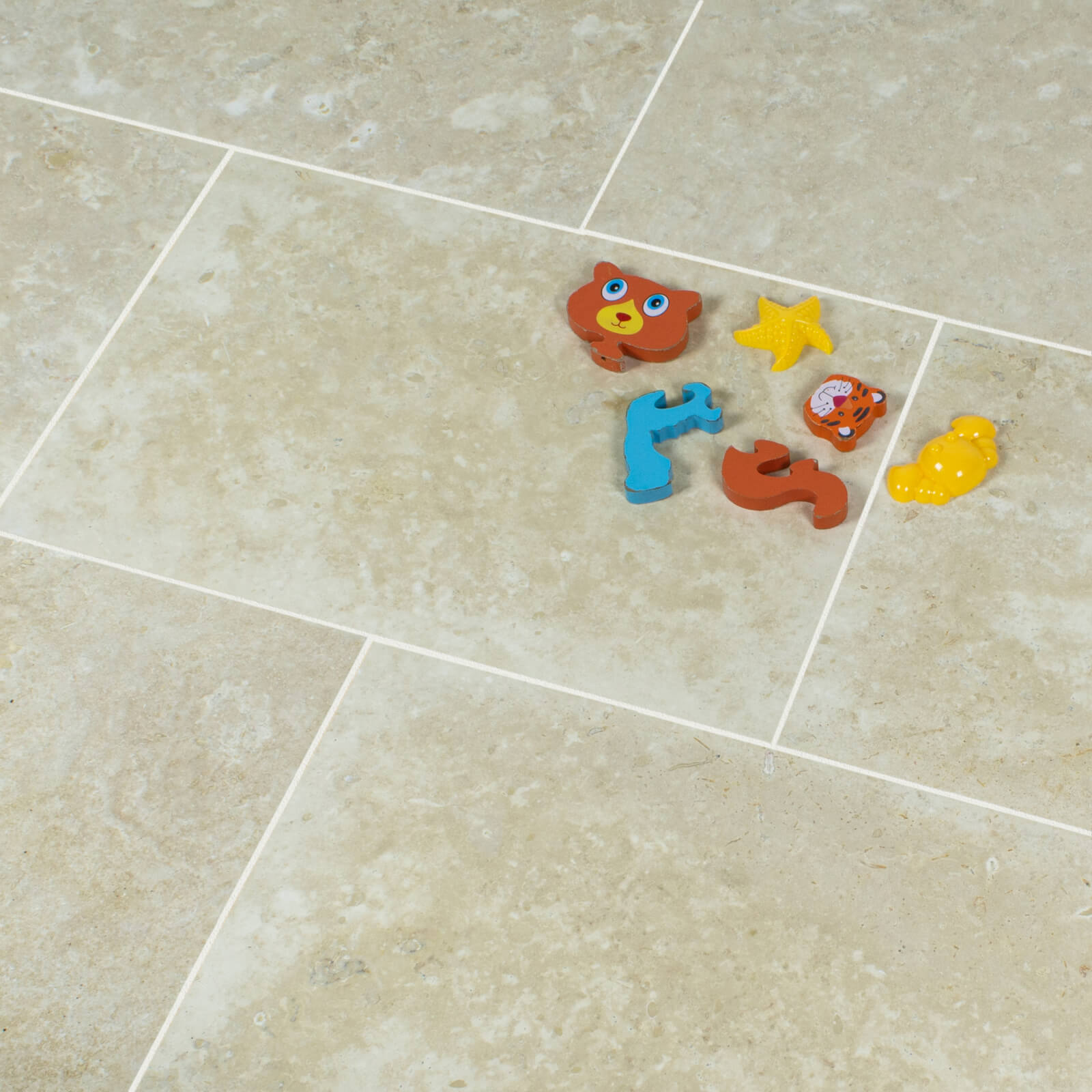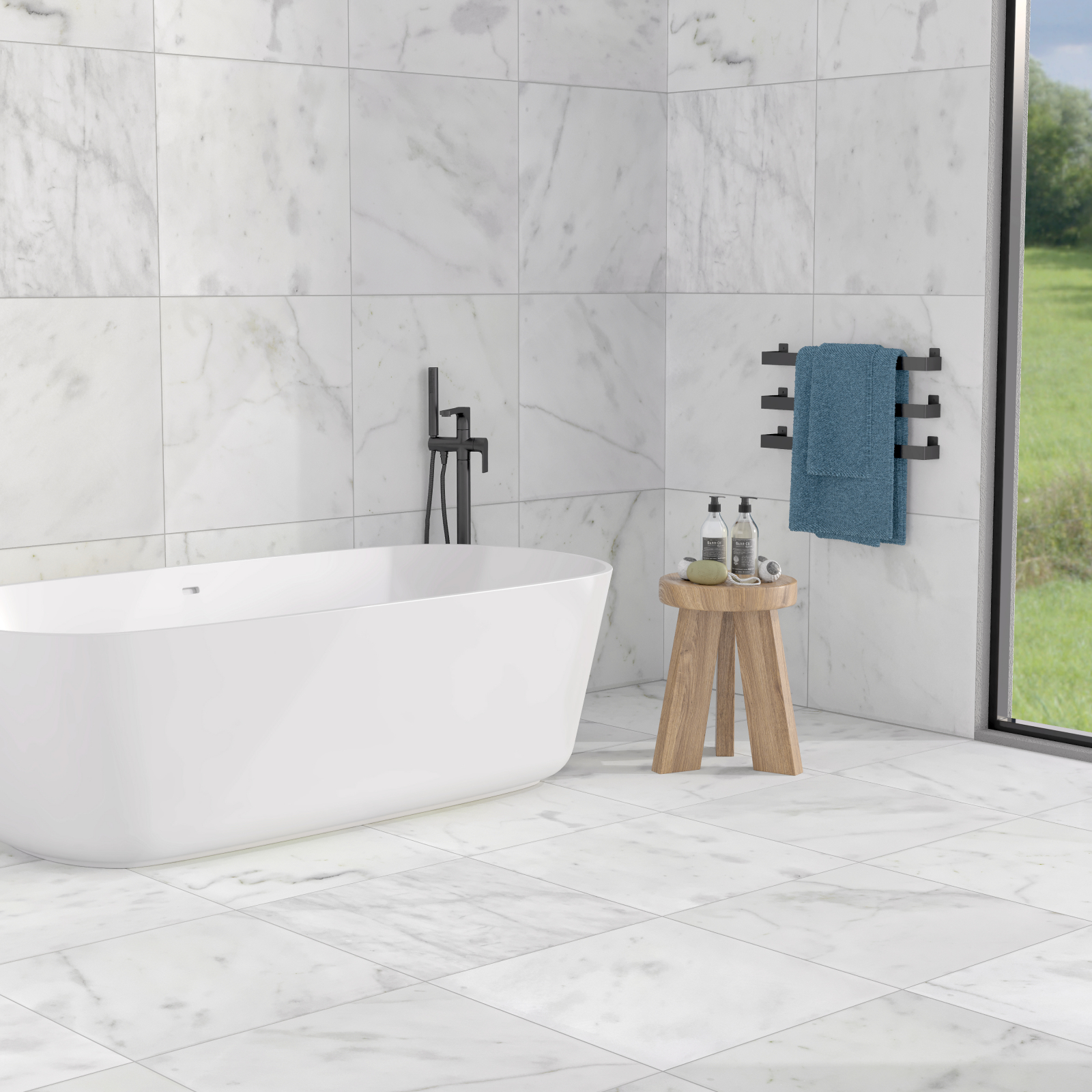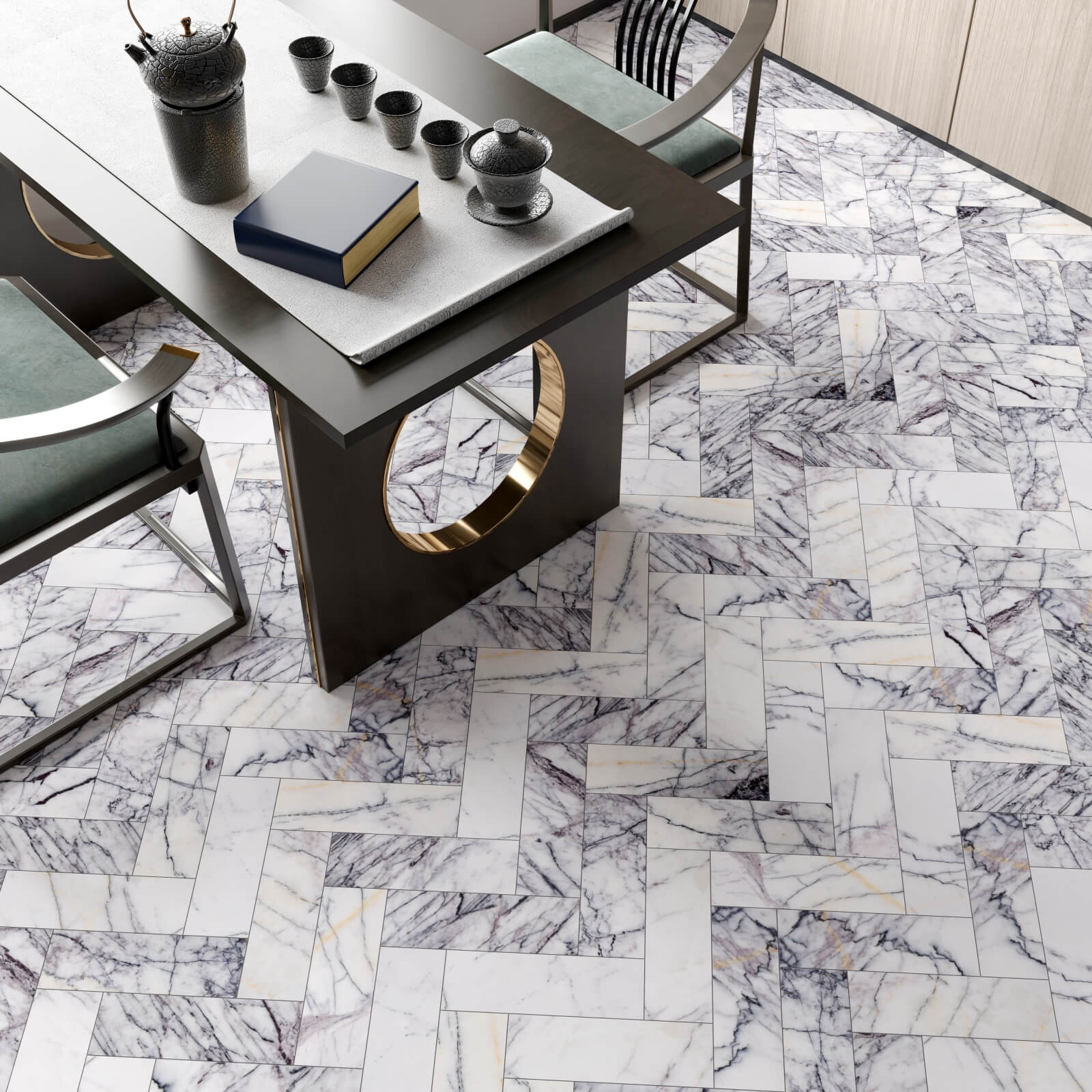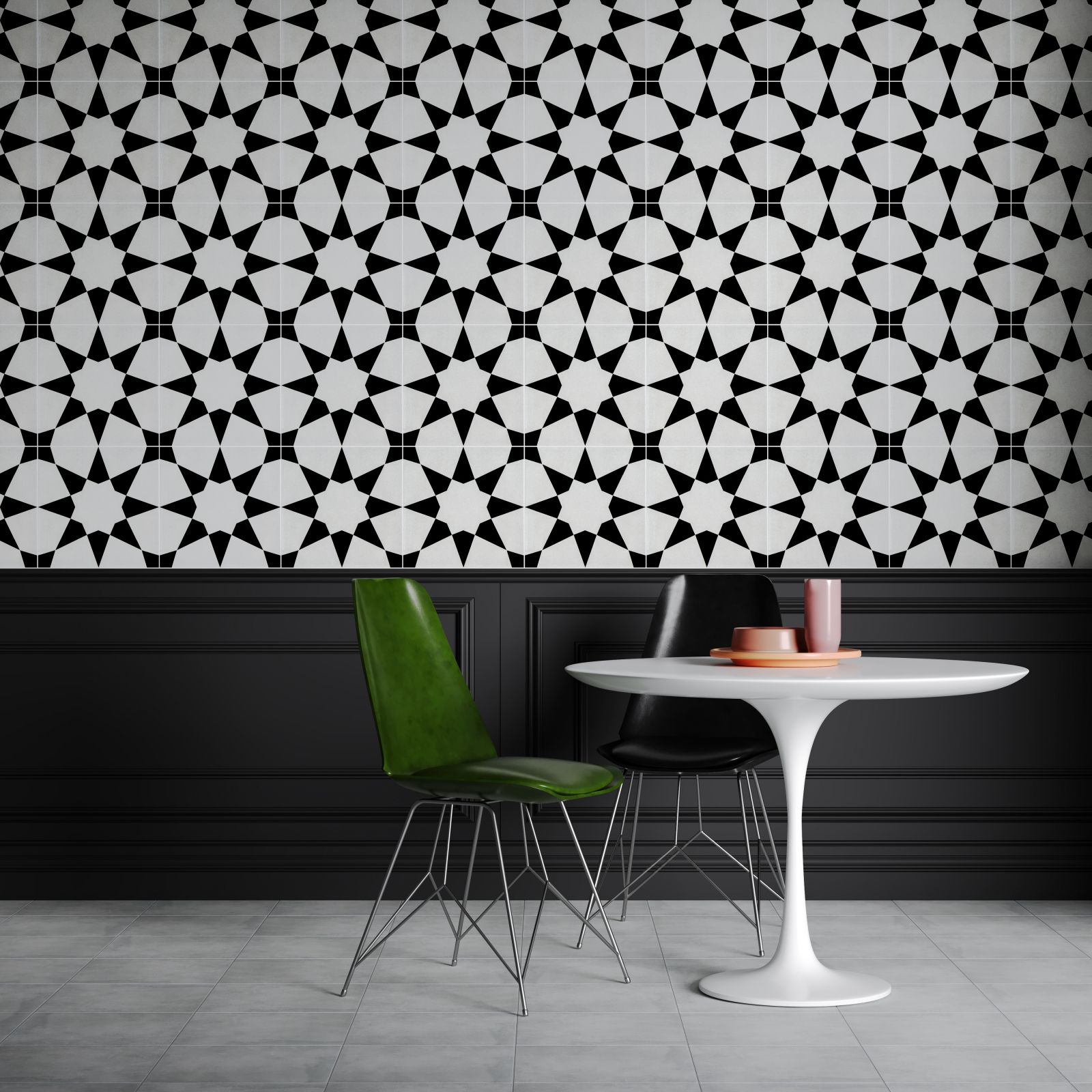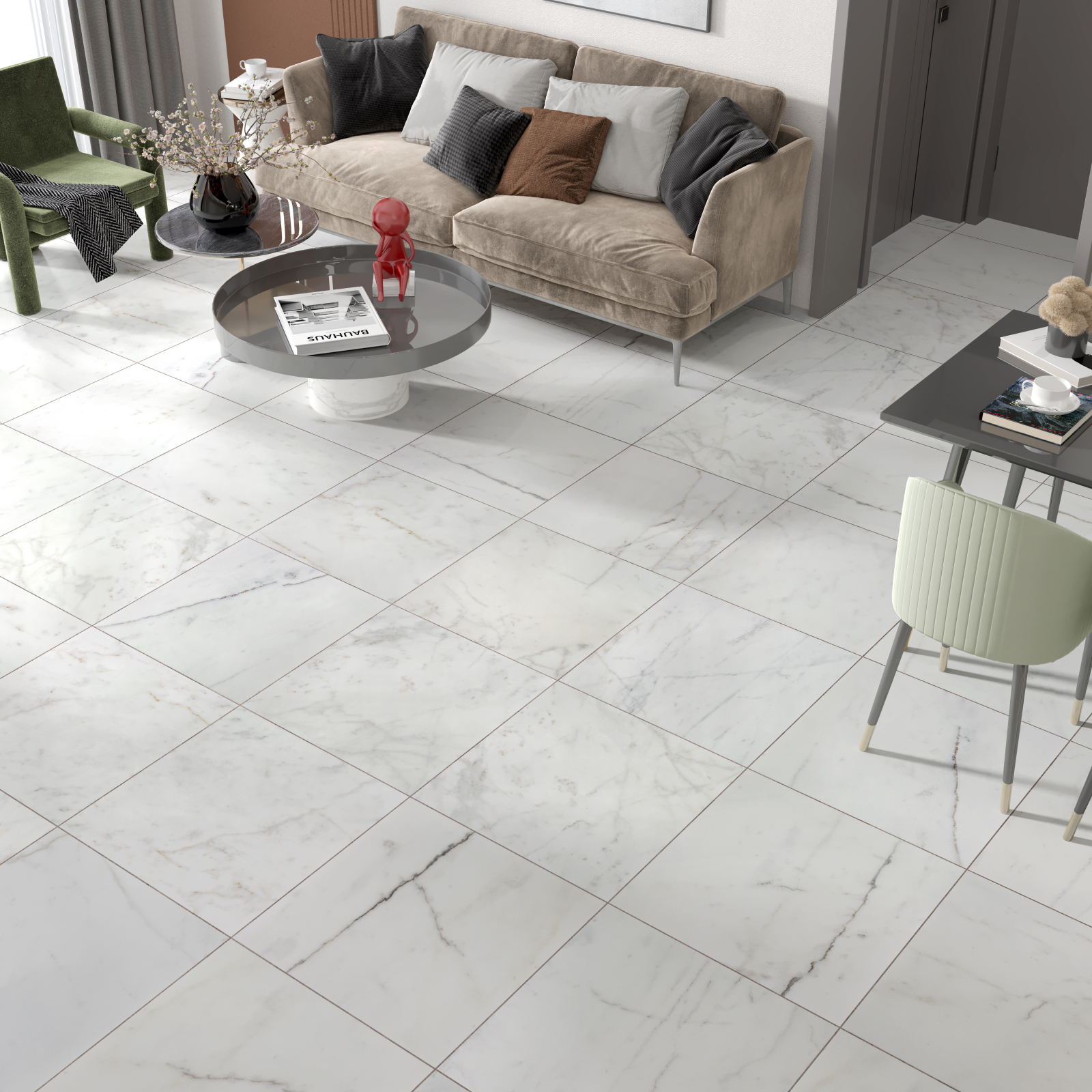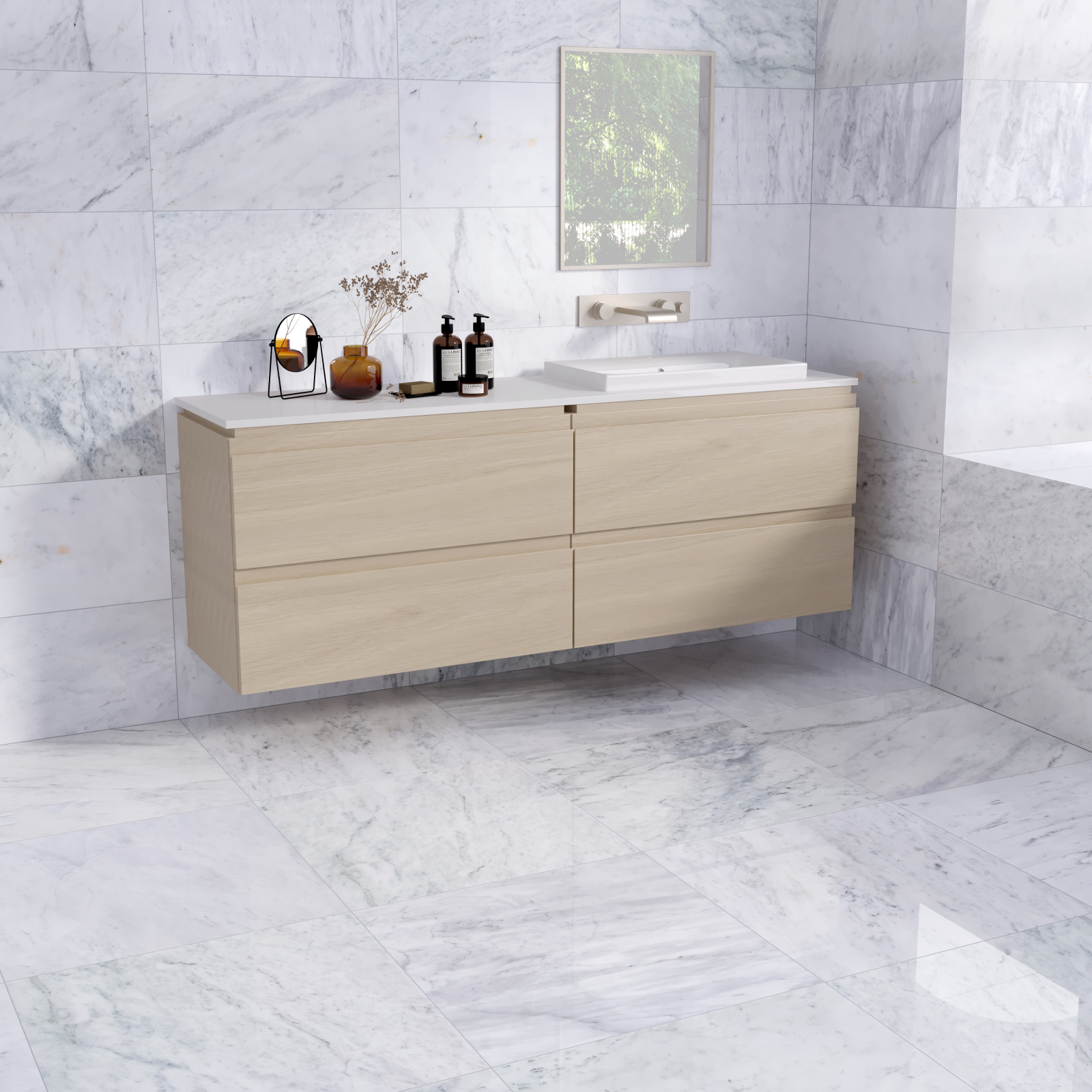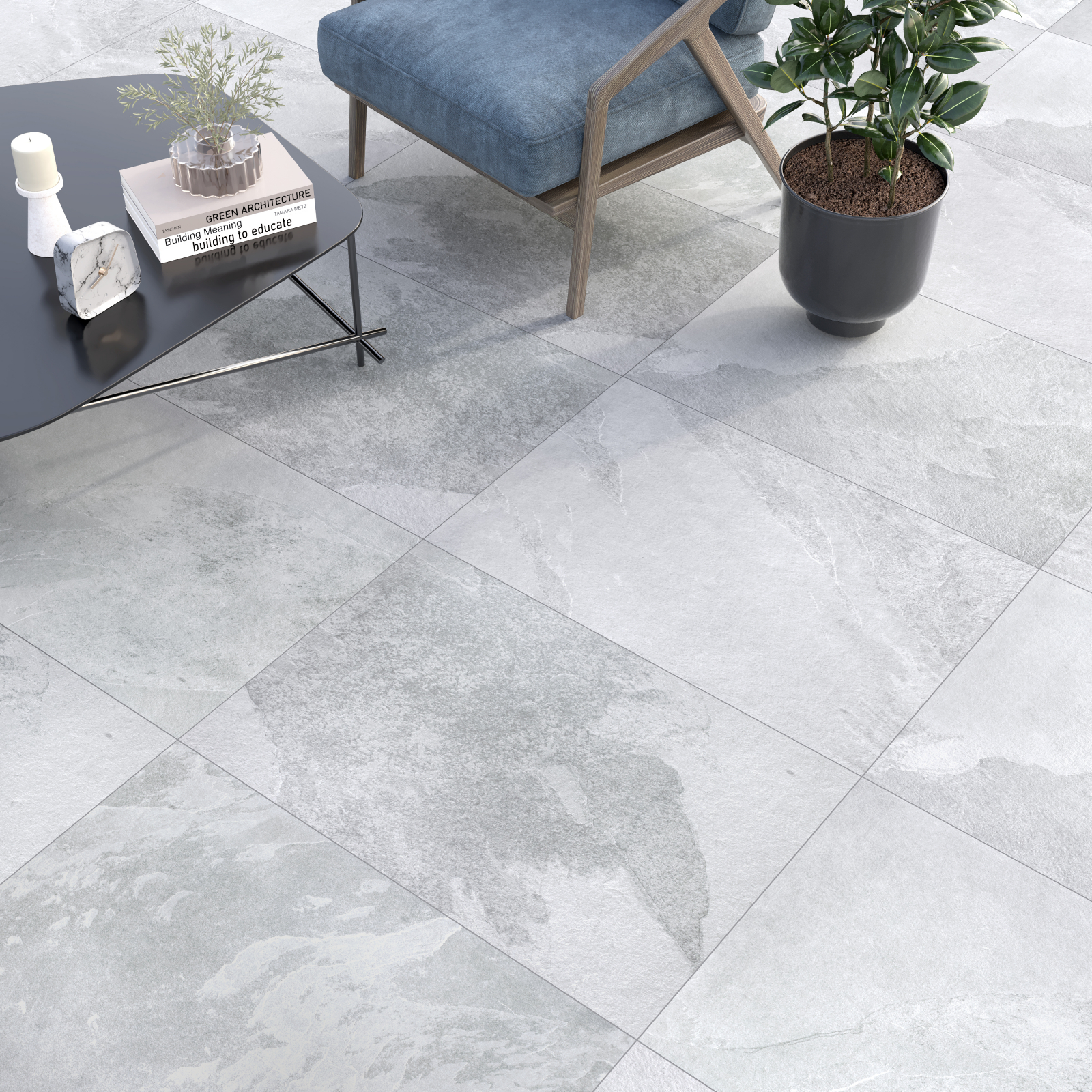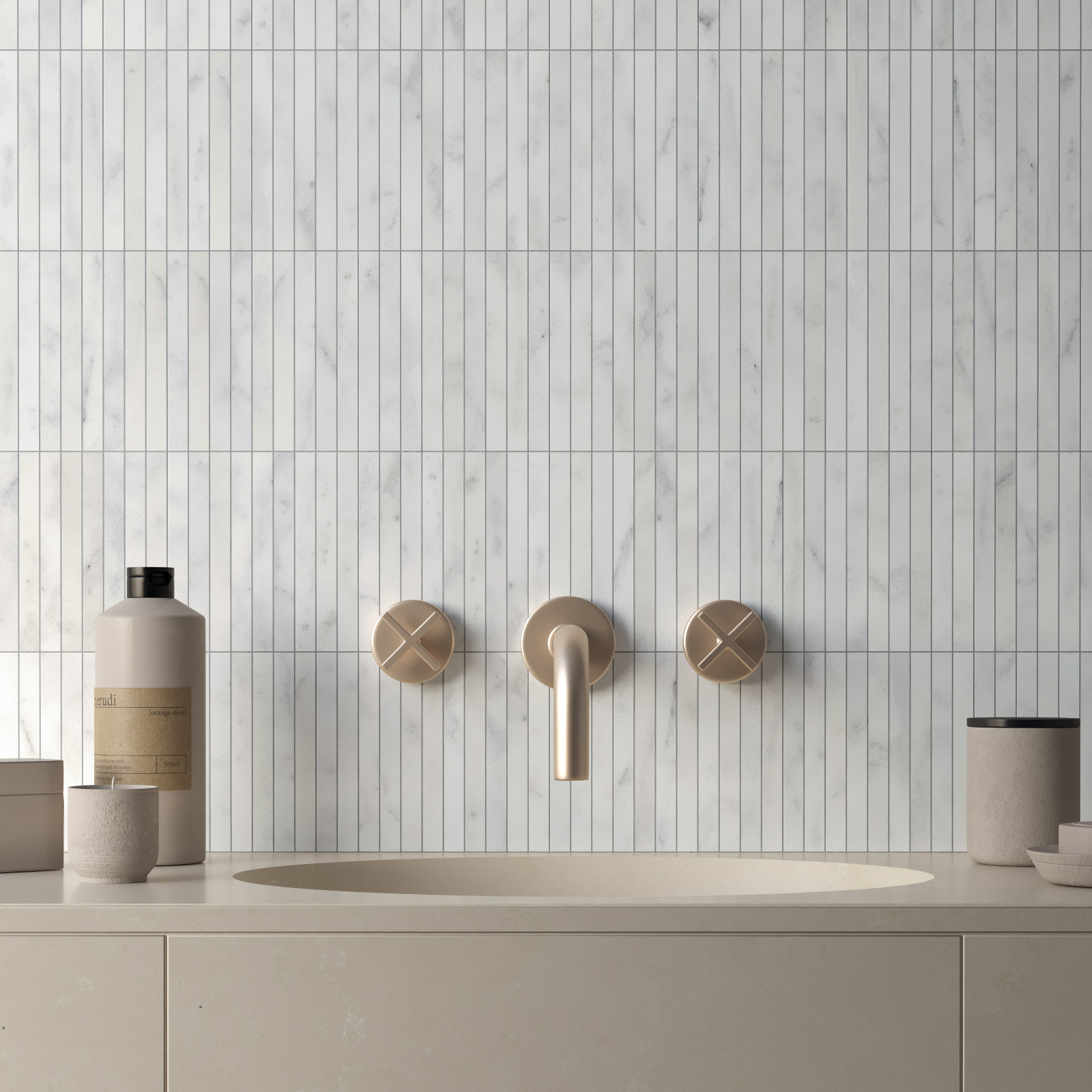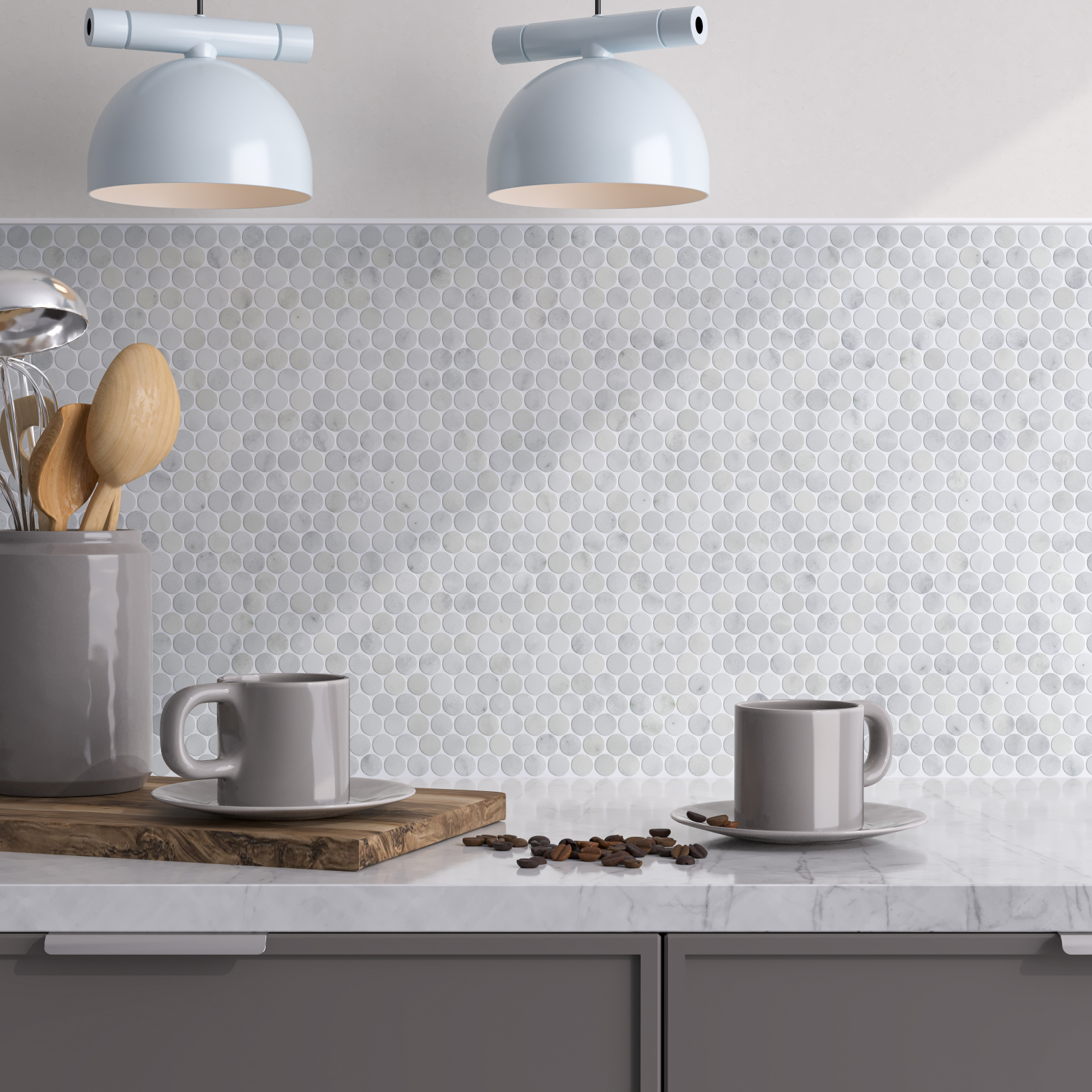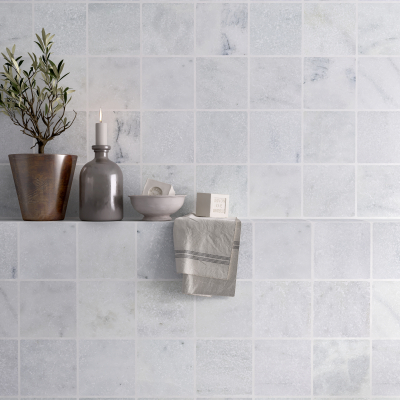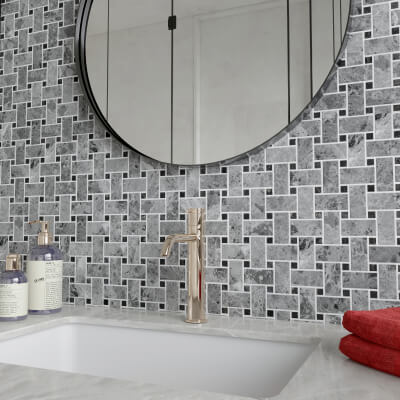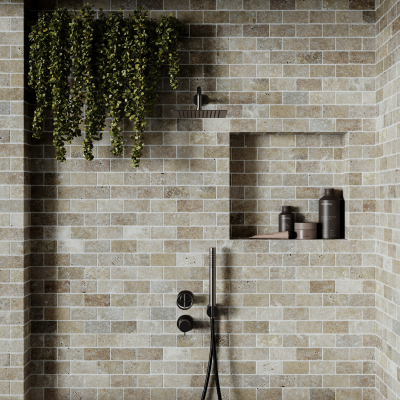The Significance of Anti-Slip Tiles & Their Applications
Where you intend to use these tiles will determine the answer to this crucial question.
Let's start by pointing out a key point. Some people have a tendency to believe that all porcelains and man-made tiles have some kind of slip rating. Of course, this is untrue; only tiles that have been specifically manufactured to be anti-slip certified will be given a slip rating.
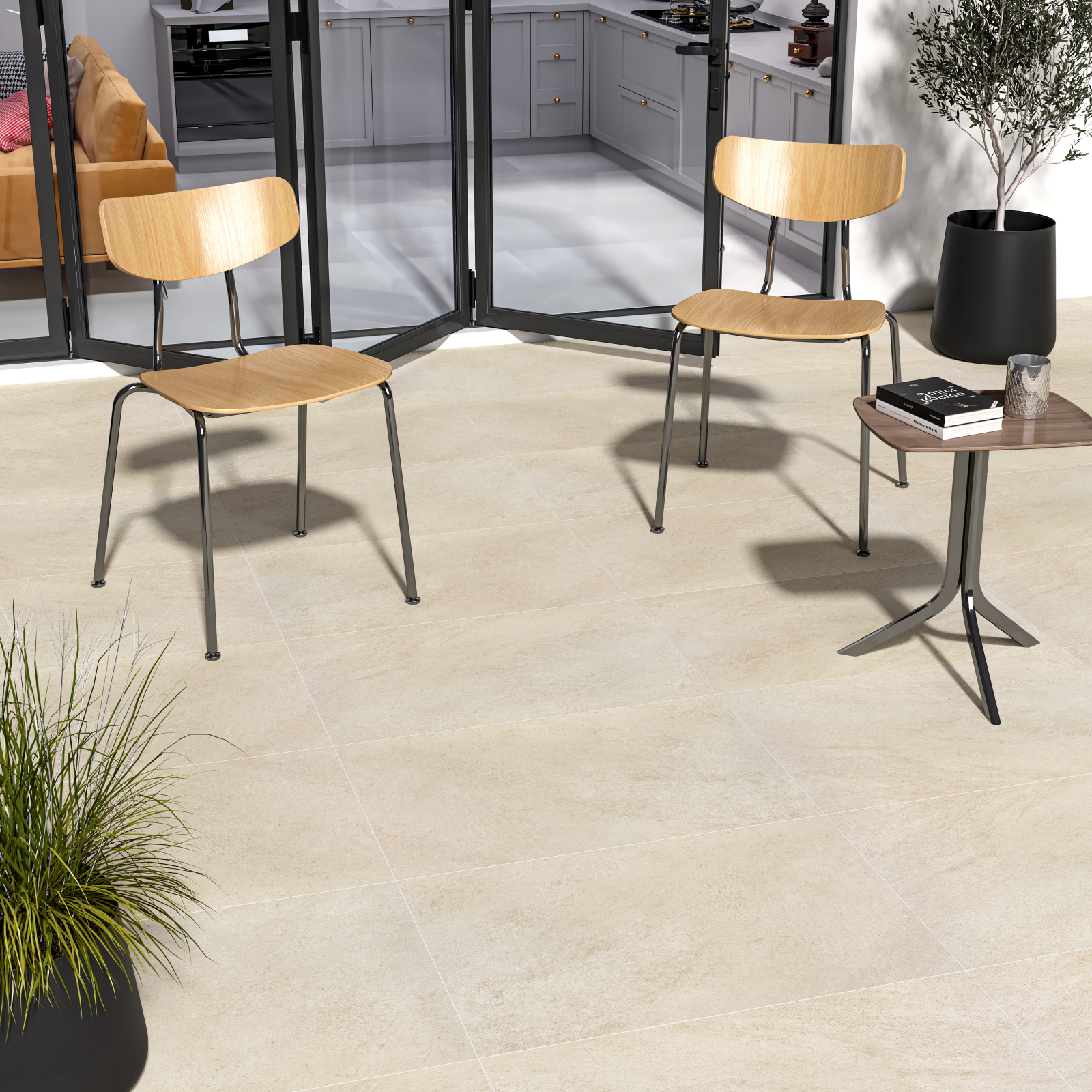
Although it is true that polished natural or man-made tiles will be far more slippery than any matt, honed or riven finished products, this does not imply that they are given a slip rating; rather, it just depends on how we generally perceive the risks associated with polished and honed/matt/riven finished products.
Why installing anti-slip tiles in specific areas is vital.
Simply put, safety. The primary consideration must be safety, particularly if the certified product is being considered in a public setting. However, even in private places like a kitchen, bathroom, or shower room, or outside surfaces of a house. In the end, selecting an anti-slip graded product will make these areas considerably safer for everyone to use in damp or changeable weather conditions.
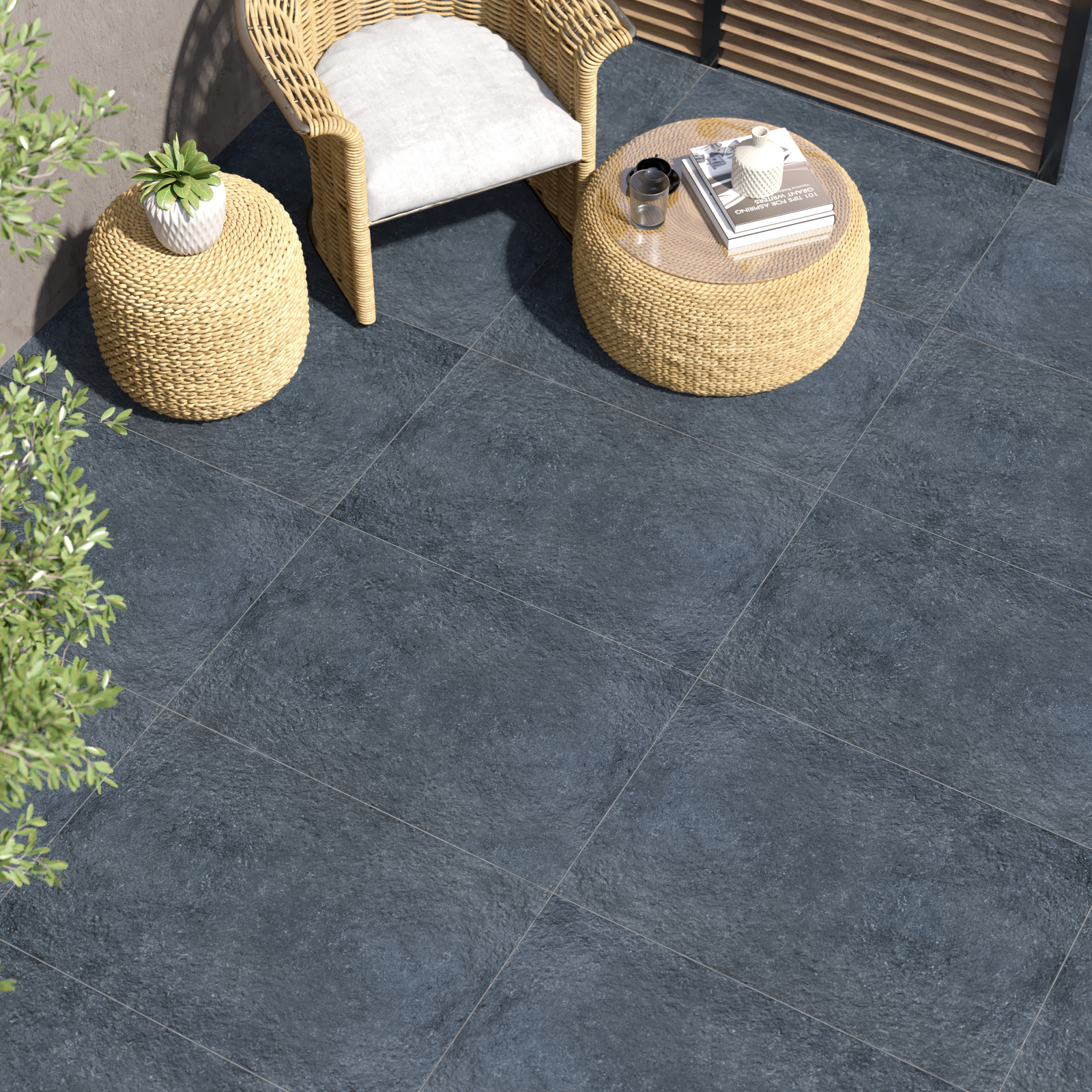
How are non-slip tiles made and categorised?
Textured Surfaces:
Some anti-slip tiles with an incorporated surface texture, occasionally with pyramidal or conical spikes, are made by pressing powdered tile material into a mould with the appropriate design.
Abrasive materials:
Other anti-slip tiles can be made by putting abrasive materials or certain coatings to a smooth surface, or by adding grit, like alumina, to the glaze to create a rougher, more textured finish that increases grip.
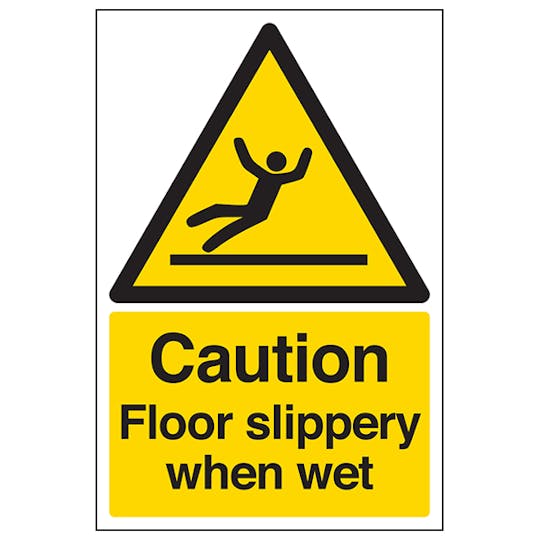
Material Options:
Anti-slip properties can be added to tiles made of ceramic, porcelain, and terrazzo.
The grading process and what the numbers mean?
The R-Rating System (DIN 51130) is the most widely used grading method, with values ranging from R9 to R13.
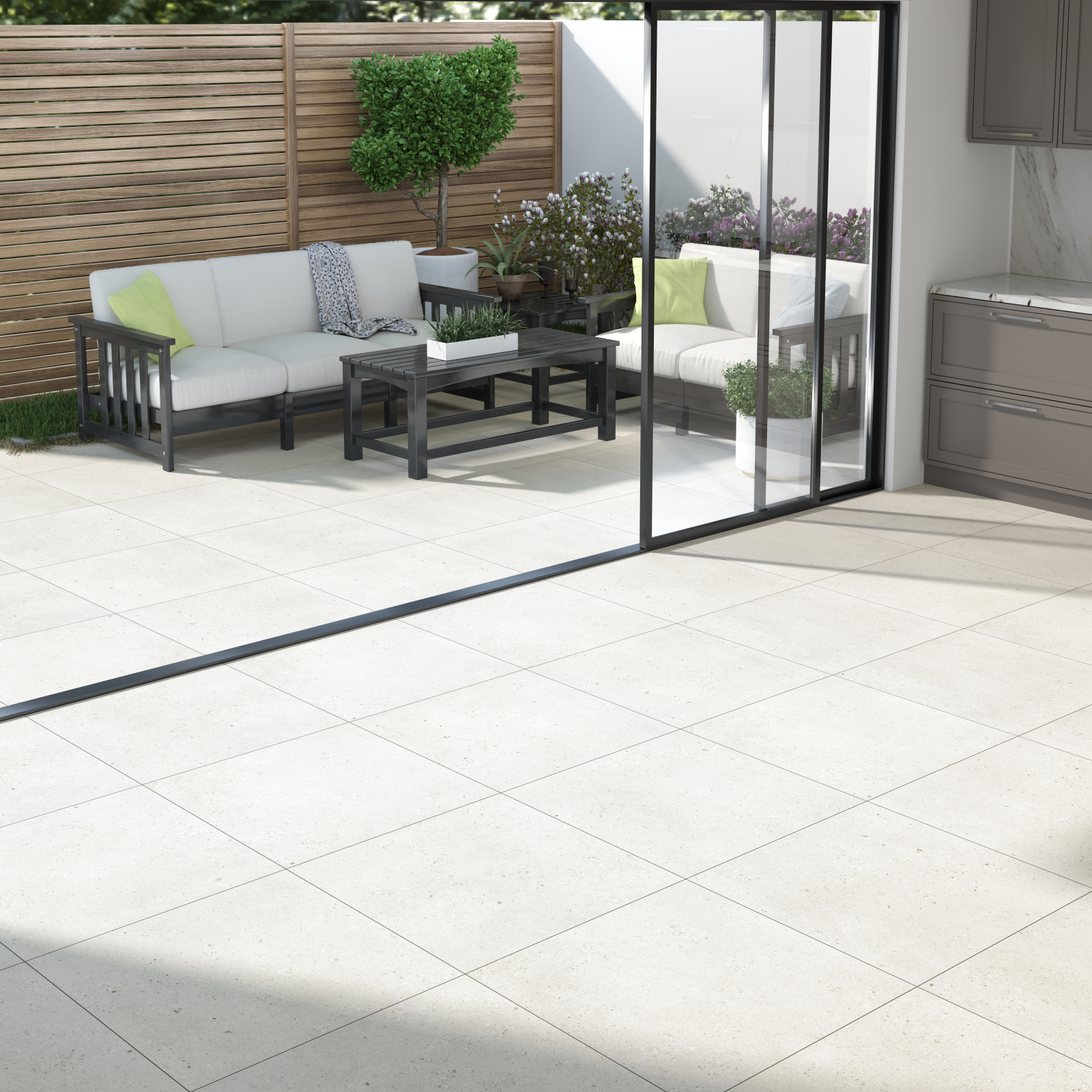
How it works:
A person walks on an oil-covered ramp while wearing cleated footwear. By varying the ramp's angle and measuring the slip resistance, the R-value can be given to the product.
What the numbers show and usage recommendations:
R9: Low slide resistance; suitable for dry interior areas like living rooms and bedrooms.
R10: Moderately non-slip; suitable for indoor areas like kitchens and bathrooms that get moderate moisture.
R11: Excellent slip resistance; perfect for areas that receive a lot of moisture or are frequently damp, such as patios, terraces, and commercial spaces.
R12/R13: extremely strong anti-slip properties; perfect for high-risk or overly damp areas like swimming pools and saunas.
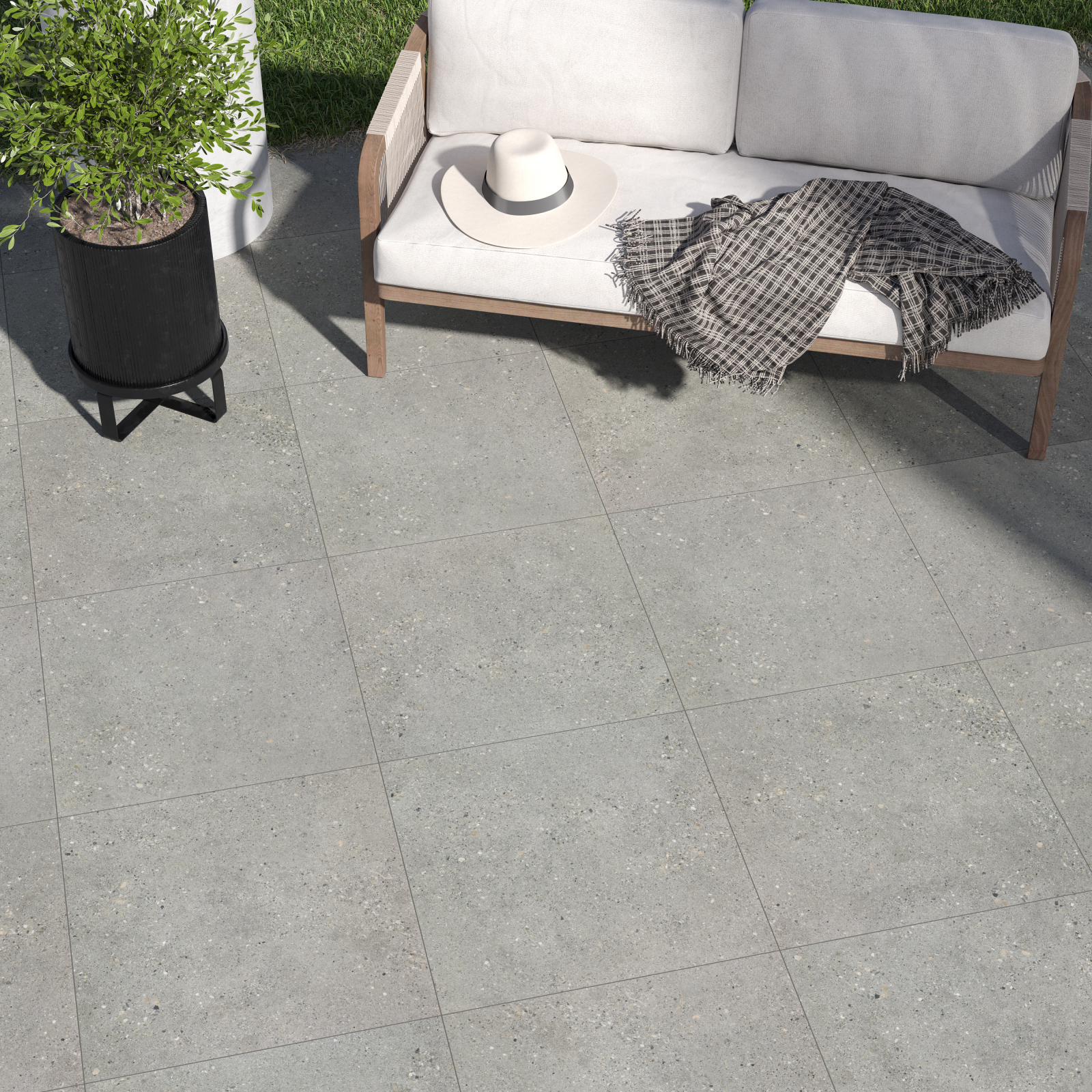
Are certified anti-slip tiles more costly?
Anti-slip tiles are typically slightly more expensive than non-graded/certified tiles since they incur additional stages in the manufacturing process and must pass extra testing for grading and other purposes, which raises production costs. The most crucial consideration when buying anti-slip tiles, however, is the safety factor in terms of possible mishaps and accidents causing injuries and the potential savings over time, particularly for public spaces, which may greatly exceed the tiles' original cost.
Our professional advice is to use anti-slip certified tiles for areas like kitchens, bathrooms, wet areas, high foot traffic areas like hallways and landings, as well as patios and other public areas. Although this does not mean you can't use other materials in any area you want, but we do recommend taking additional precautions for your and others safety if you do choose to use non-certified materials in certain areas.


